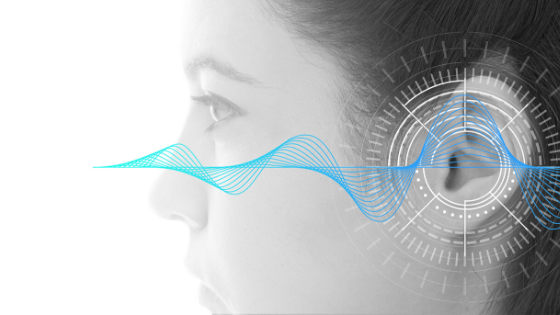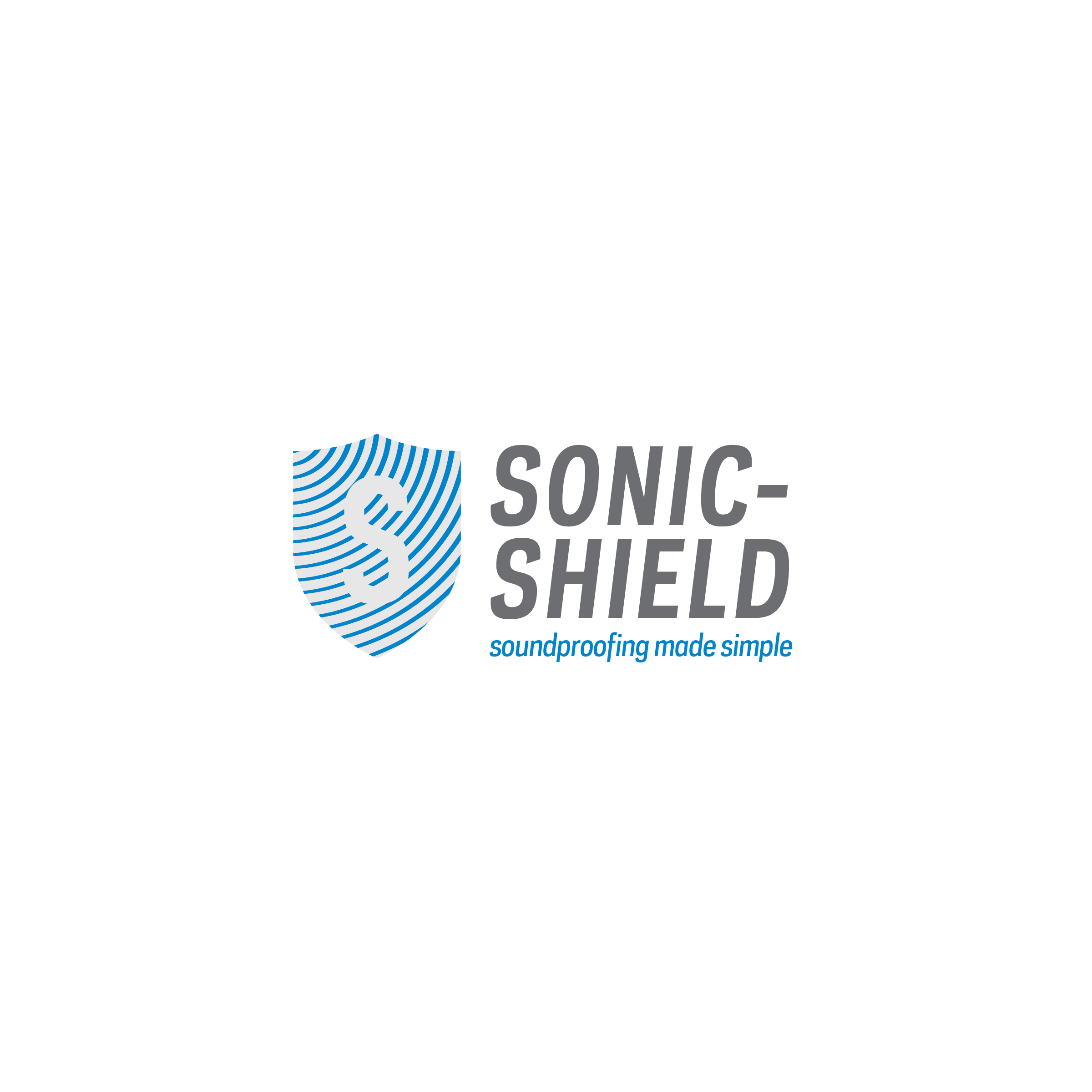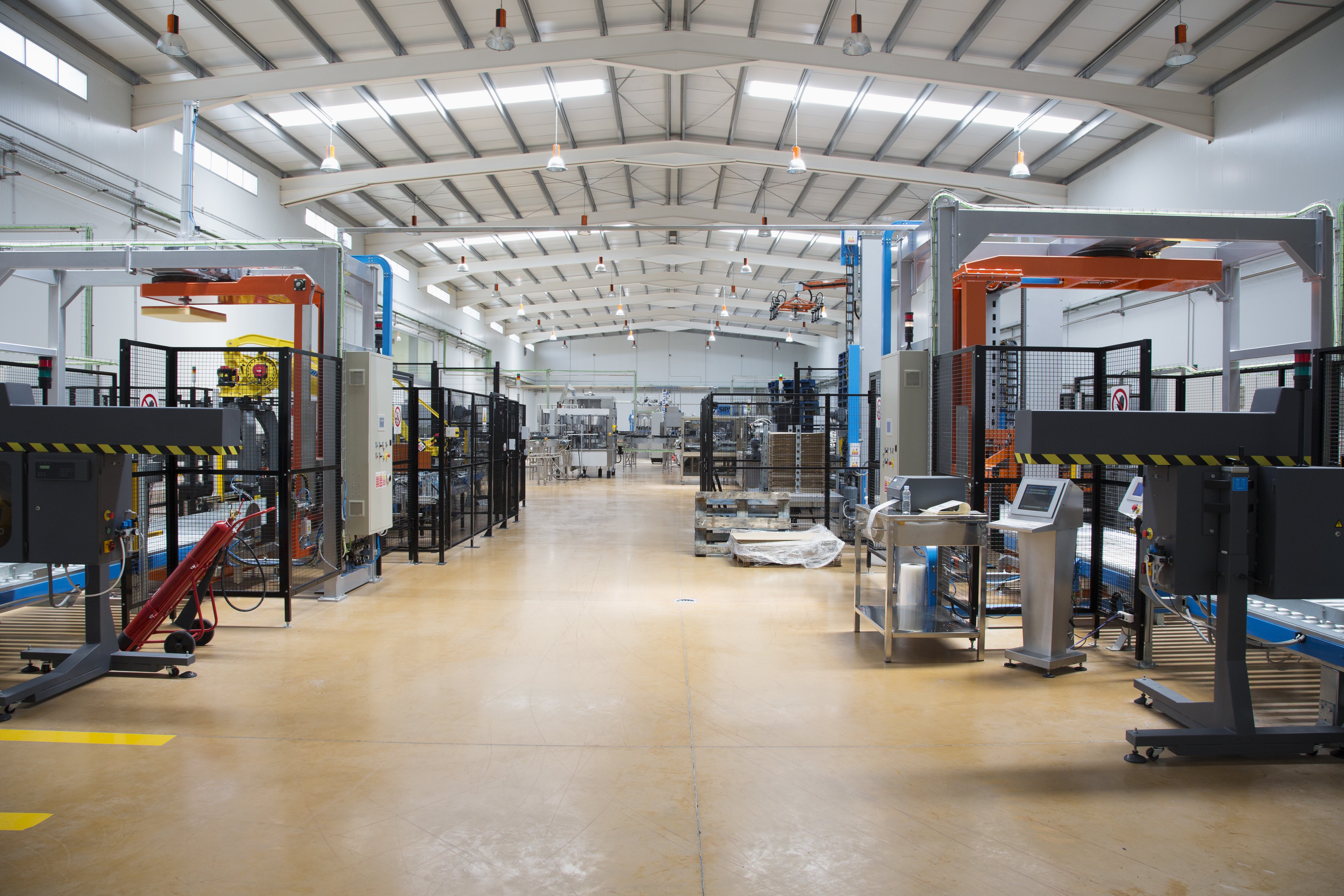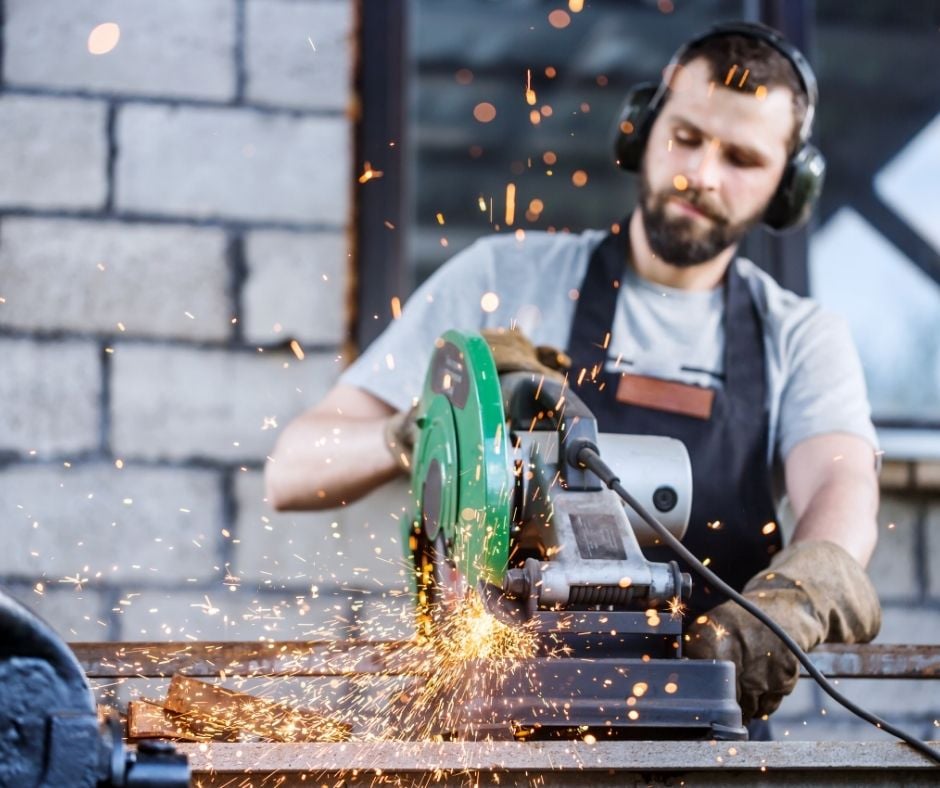
While noise is quantified in terms of A-weighted decibels – or dB(A)s – its subjective loudness and the degree of nuisance that can be attributed to the noise can often prove far more subjective.
Effects often referred to as 'intrusive or dominant characteristics' include tonality, impulsiveness, modulation and low frequency. These features tend to increase the information content of the particular noise and thus raise its audibility. The audibility of such a noise is also influenced by the level and characteristics of other ambient noise in the area.
These characteristics can be addressed by adjusting measured dB(A) levels to allow for the increased loudness and/or nuisance caused by such characteristics – though such adjustments aren’t perfect.
Identify The Sounds
But in order to attempt to address the more subjective characteristics of noise, it’s important to know what, exactly, those subjective attributions are.
Tonality: Tonality is when a noise source emits noise that is concentrated in a narrow part of the spectrum or contains a high proportion of energy at a single frequency.
Impulsiveness: Impulsiveness generates the rapid release of compressed gases (impulse) or the collision of solid objects (impact) and is defined as the instantaneous change in sound pressure over a short period of time.
Modulation: Modulation is a variation in the sound pressure level when measured with a fast-time response that is …
(a) more than 3 dB, or is more than 3 dB in any one-third octave band;
(b) present for at least 10% of the representative assessment period; and
(c) regular, cyclic, and audible.
Low Frequency: Low frequency contains significant energy within the frequency range 20 Hz to 250 Hz and often sound lower to the human ear, and are sounds that can be felt as much as heard.
Test & Analyze The Sounds
Acoustic engineers can test and analyze noise and vibrations in order to determine root causes of problems and develop cost-effective solutions.
Some testing includes …
Finite Element Analysis: This is a computerized finite element analysis which can determine the vibration modes and forced frequency response of a structure, knowing just the physical characteristics of the structure.
Vibration Survey: This examines the power spectral density (PSD) of vibration at various points on the structure using accelerometers to identify cause and effect relationships between vibration and noise.
Experimental Normal Modes Analysis: This excites the structure with a force-measuring hammer and measures the vibration response at several points to determine which of the vibration modes results in noise.
Operating Deflection Modes Analysis: This examines the vibration response at several locations on the structure to identify the problem frequencies and obtain a graphic representation of how the structure responds.
Reduce The Sounds
Recognizing and identifying subjective sounds will then help you determine the best courses of action to help reduce the offending sound. Some options include …
Noise Barrier Mass Loaded Vinyl: Our Sonic-Shield® Noise Barrier Mass Loaded Vinyl is a high-performance, flexible mass-loaded vinyl noise barrier, offering superior acoustic transmission loss. Its material has been developed to be dense, thin, highly-flexible, tear-resistant and strong, giving the product high transmission loss throughout the various weight ranges.
Pyrotek's Quadzero™ NL Noise Barrier: Quadzero™ NL is a high-performance, foil-faced mass-loaded vinyl noise barrier. This thin, dense mass barrier reflects and dissipates the transmission of sound through walls, ceilings and floors, reducing the critical frequencies generated from mechanical equipment, engine noise and electronic devices.
REVRB® Designer Series: Our sound attenuating acoustical panels and baffles are acoustically and aesthetically tailored to meet your individual needs and personal style. These custom-built products are specifically designed to help reduce the echo and reverberation within a given space.
Each 2” REVRB® Designer Acoustic panel and REVRB® Designer Acoustic baffle is handmade in our workshop using the finest acoustical fabrics, allergen-free insulations, with rigid backing and edging for stability and product longevity. The entire Designer Series carries a Class A fire-rating while maintaining a noise-reducing coefficient (NRC) of 1.05.
You’ve Got Problems. We’ve Got Solutions.
If we’ve learned anything over the years it’s that noise problems are countless in their variety as well as their perceived impacts on offended parties.
Accordingly, solutions for this wide range of problems are as varied as the problems themselves. At Sonic-Shield, we have access to literally thousands of products or combinations of products – barrier, absorption, diffusion, dampening and more – which can provide solutions that fit any budget, design and ordinance requirements in industrial, commercial and residential applications.
At Sonic-Shield, our ability to identify, test, analyze and solve for your sound problems allows us to tackle a wide variety of highly subjective – and maddeningly annoying – nuisances.
We can customize every solution to meet your exact needs. Contact us today to learn how!




